Centre for
Contemporary
Photography
404 GEORGE ST,
FITZROY VIC 3065
AUSTRALIA
OPENING HOURS
WEDNESDAY—SUNDAY
11AM—5PM





No True Self is a major exhibition of an emerging generation of critically acclaimed contemporary artists, featuring unique perspectives from Austria, Belgium, Finland, Germany, Poland and Sweden.
The artists address important and universal questions of gender, sexuality, agency and cultural identity in the extreme present, representing the generation shortly before the digital native generation at the precipice of the post-digital, and possessing a variety of unique approaches to photomedia, truth and artifice, and the presentation of the human subject.
Presented to Australian audiences for the first time, No True Self investigates the blurring of private and public realms and the agency of the individual within a post-digital society. No True Self asks us to confront our performative selves, and consider how we connect, amidst such an uncertain future.
Today, there is less and less communication between physical bodies, and more reliance through our digital limbs. Images, and importantly, photography, play a crucial role in this digital ether, and exploring new ways in which artists use this ubiquitous medium today can help us better understand both the malleable present and uncertain future of our digital (and IRL) existence.
Curated by David A. Kerr
PHOTO LIVE: No True Self curator David Ashley Kerr in conversation with exhibiting artists Hanna Putz and Andrzej Steinbach